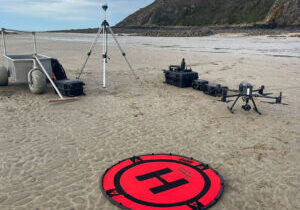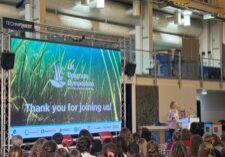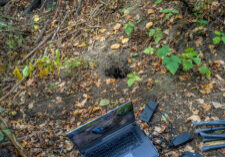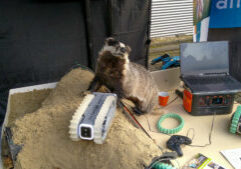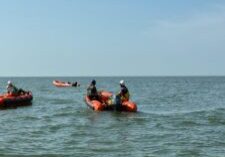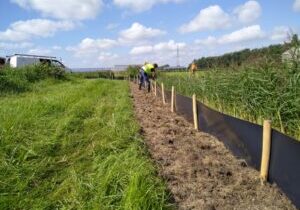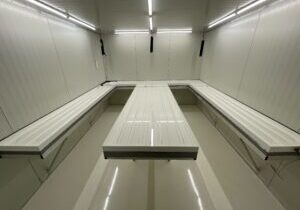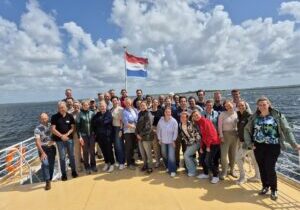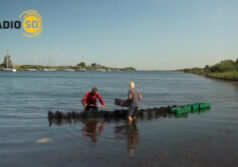CREATING MUSSELBEDS ON THE REMOTE ISLAND GRIEND
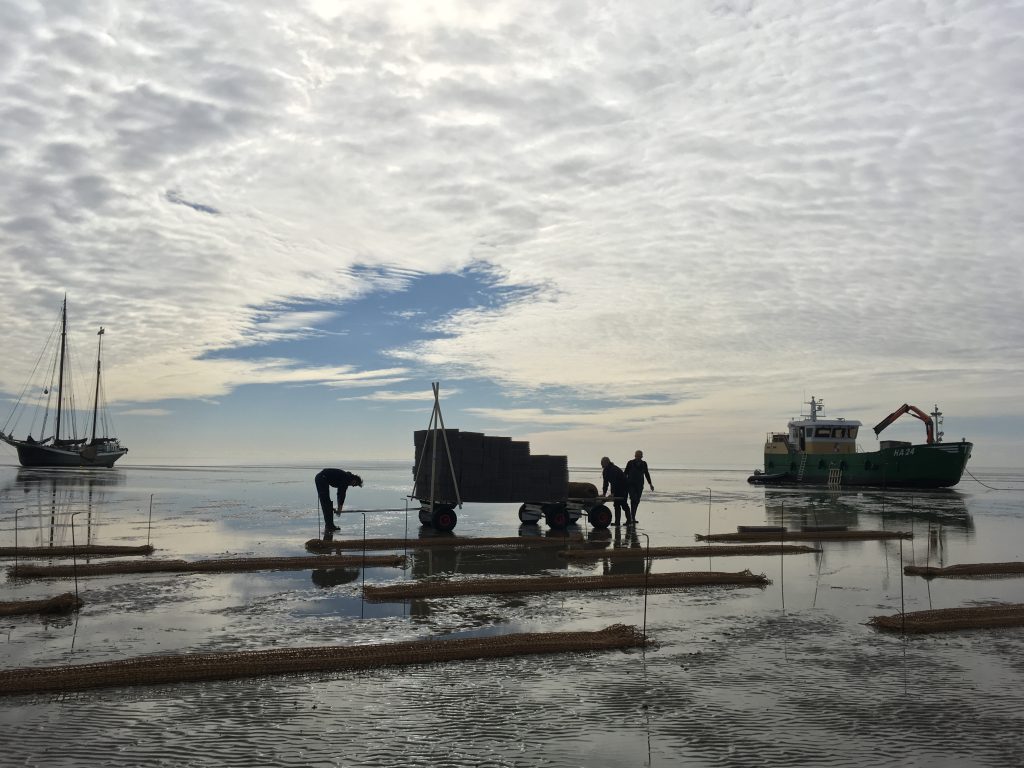
In our line of work you sometimes have to ask strange questions: such as: ‘do you happen to have 42 kilometers of coconut rope laying around? Oh and while you’re at it, do you also have 2000 square meter of coconut mats?’
Together with the Rijksuniversiteit Groningen , Radboud Universiteit Nijmegen, Natuurmonumenten, NIOZ and Bureau Waardenburg we worked on a way to restore mussel beds and seagrass off the coast of Griend. There used to be plenty of seagrass fields and mussel beds around Griend, but after the construction of the Afsluitdijk almost all of it disappeared. With the musselbeds and seagrass fields gone (two of the mayor factors that are linked to keeping sediment in place) Griend started slowly disappearing.
Griend is crucial to a lot of bird species such as the Sandwich Tern, but also to seals, who nurture their pups there during the winter.
To stop the erosion of Griend a huge experiment was set up to restore Musselbeds and Seagrass.
For the restoration of the musselbeds on the mudflats near Griend we used so called bese blocks. These blocks are constructed out of biodegradable sheets that form a honeycomb structure when clicked together (see pictures).
To make sure that the mussel larvae attach to the blocks we had to weave 42 kilometer of rope through 800 (60m2) bese blocks. The blocks itself where placed on coconut mats to prevent them from sinking in the sediment, and kept in place with in total 4,5 tons of iron pins.
All of this was transported to Griend by boat. However, since Griend has no gulley or port, and the water around Griend is not particularly deep, all of the materials had to be transported over 3 kilometers of mudflats. For that purpose only we designed and build a modular cart that allowed us to transport all of these materials across the mudflats.

